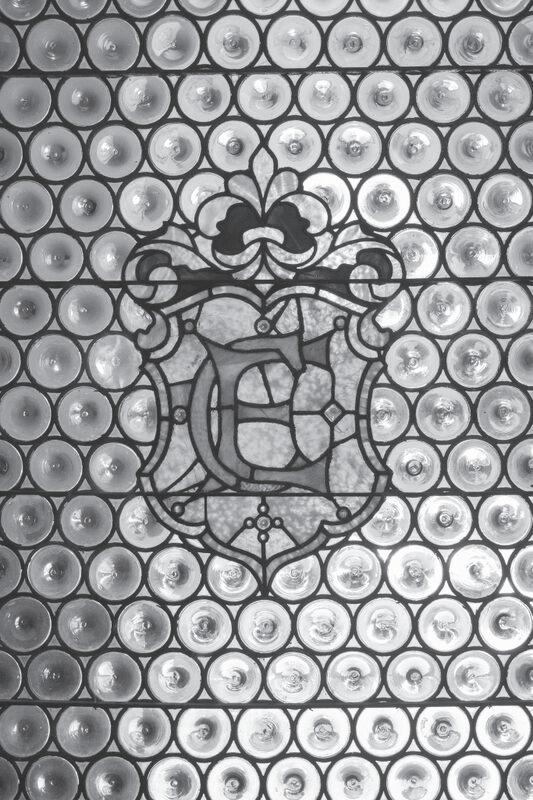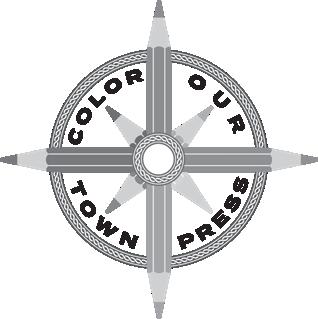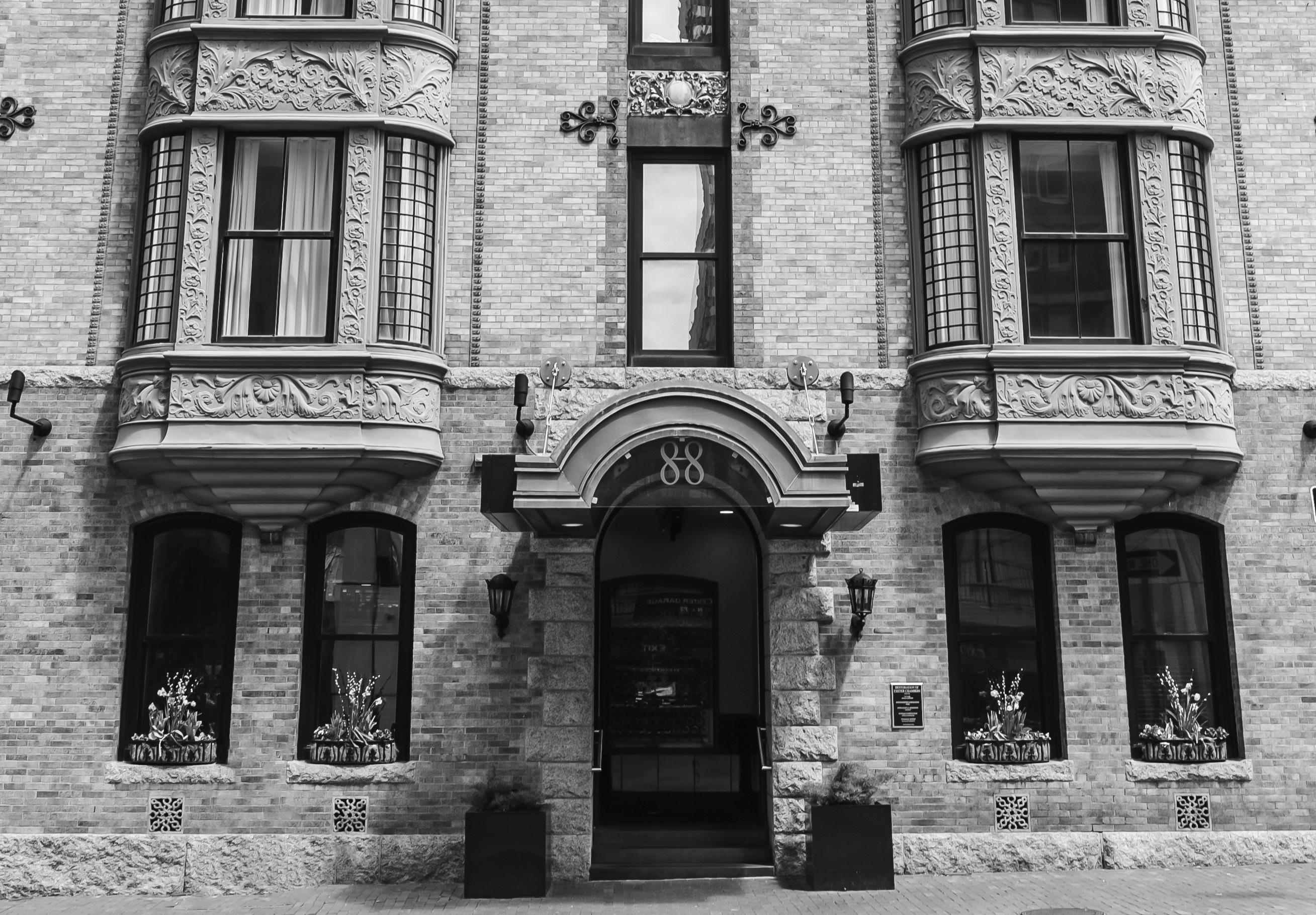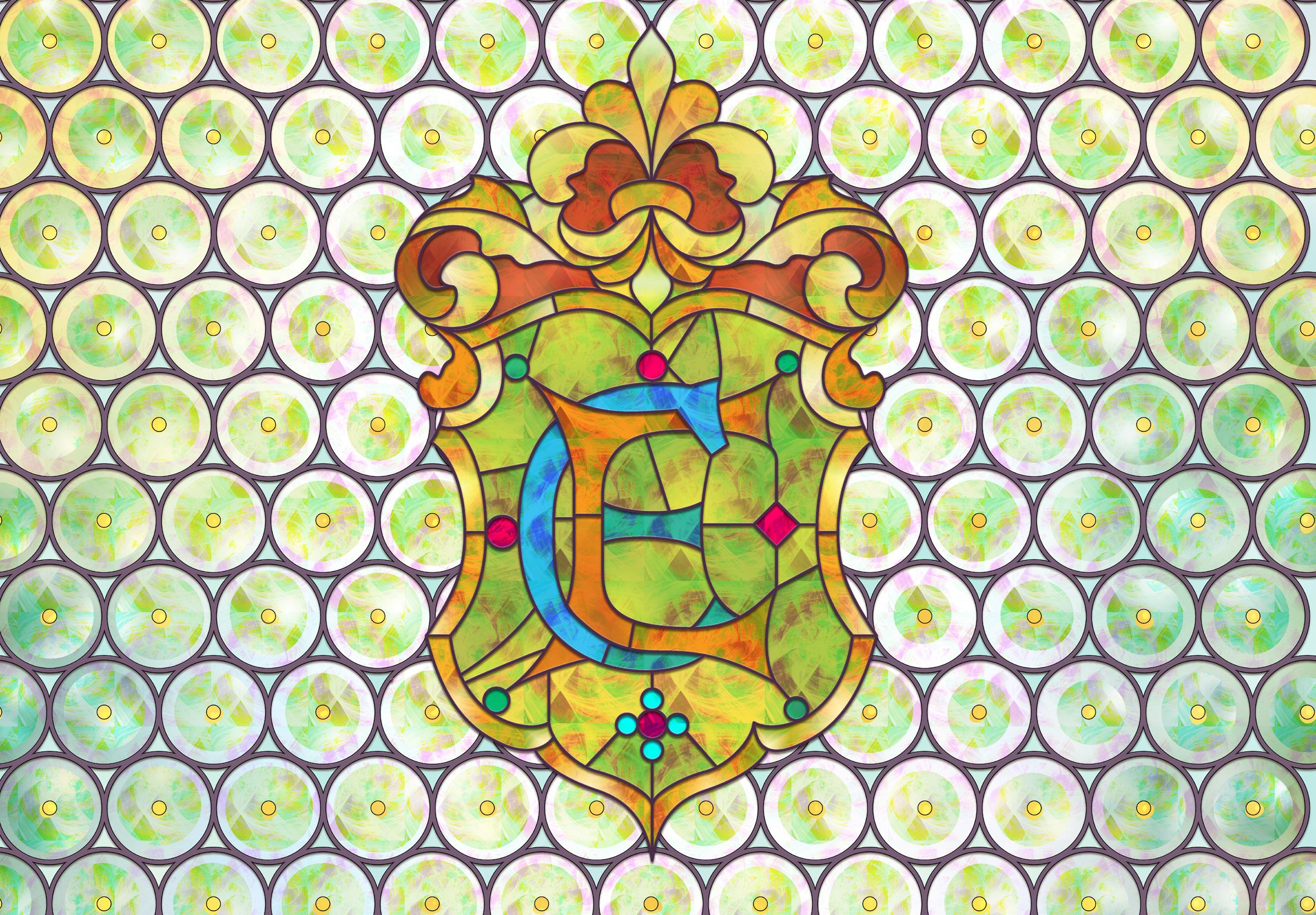




The Courtyard by Marriott Boston Copley Square placed the welcome mat out for guests in May of 2004, just a mere 114 years after the building at 88 Exeter Street was constructed. A step inside reveals all the modern amenities and vibrant designs the guests of today desire, but an aura of a rich history surrounds the imaginations and intrigues even the most seasoned traveler. There is a story within these walls ... the story begins with "Once upon a time ... " but it is not complete until you add your chapter. After all,"The End" doesn't make sense when through your eyes it is only the beginning. Enjoy exploring the chapters of 88 Exeter.
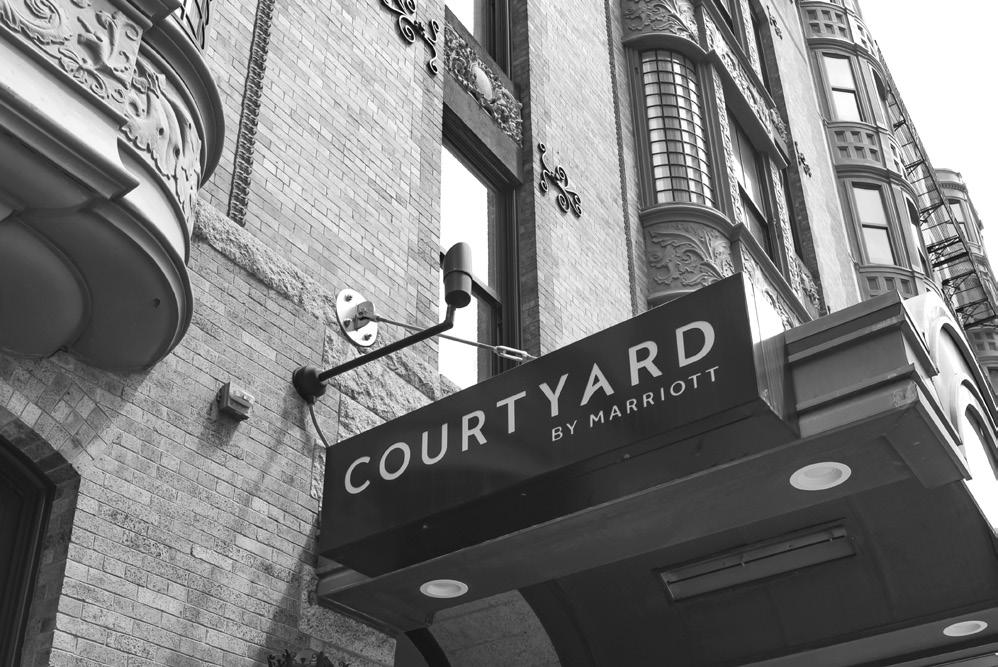
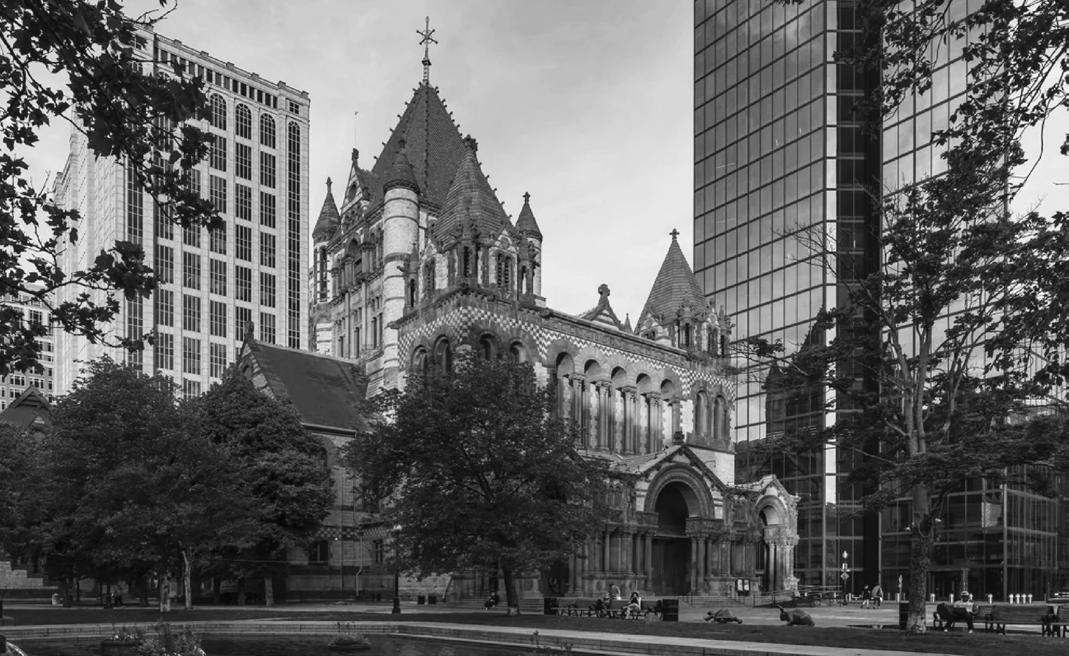
Named after the American portraitist John Singleton Copley, this area was known as Art Square due to its many cultural institutions, some of which remain today. Walk amongst quaint 19th century townhouses with easy access to some of the best attractions in Back Bay.
Chock full of history, Boston is home to many of America's most important centers of historical knowledge. Boston's historical institutions give amazing perspectives on what American life and culture was like in the colonial era. Boston also shows as a backdrop to the United States’ most significant events. These include the Boston Massacre, the Battle of Bunker Hill, where the first battle of the American Revolution happened, and the Old South Meeting House, where Samuel Adams gave the signal that started the Boston Tea Party. Experience the present day beauty of the city as you stroll along the Charles Esplanade; ride the Swan Boats of The Public Garden; shop the fashionable Newbury Street; ramble down the cobblestone streets of Beacon Hill; explore our world class museums and more.
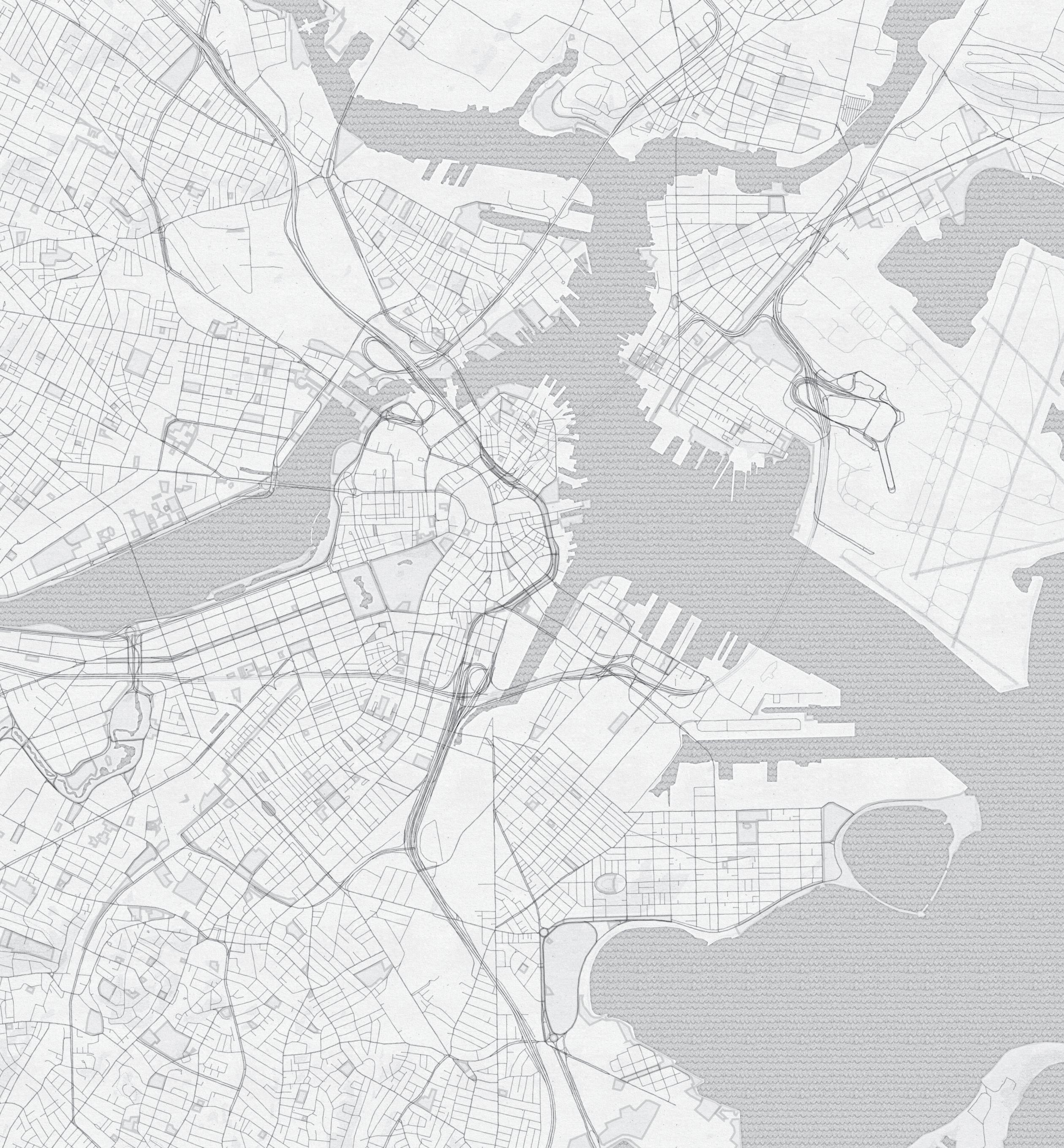
Welcome to my home at Courtyard by Marriott Boston Copley Square. I love exploring Boston and taking photos with new friends! You'll find all of my favorite places to visit in this book that you can learn about and color. You can also color me and share your pictures with us using #ColorsOfExeterTheSheep. So let's grab some sneakers and start exploring together!
psst. Our adventures together don’t have to stop here in Boston. Ask for a scavenger hunt at the Front Desk and if you can complete it, I can come home with you.



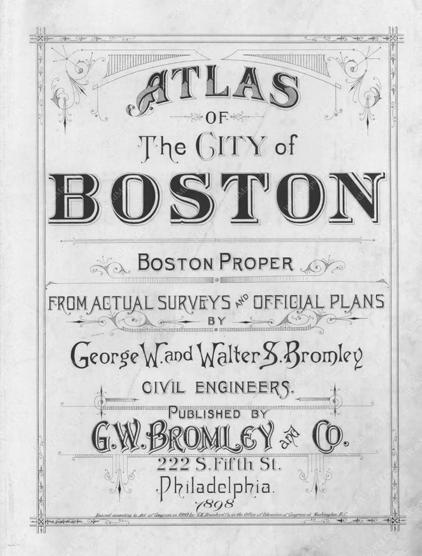
88 Exeter began as Exeter Chambers. The building was designed in 1889 by architect, Theodore Minot Clark, a native Bostonian and graduate of Harvard at the age of twenty. He was an understudy of the famed Henry Hobson Richardson, the designer of the renowned Trinity Church. Exeter Chambers was built to serve as a home away from home for young, upper-middle and middle-class men who had dreams of white-collar success. It opened its doors in 1891 to young men with big dreams.
The Courtyard by Marriott Boston Copley Square placed the welcome mat out for guests in May of 2004, just a mere 114 years after the building at 88 Exeter Street was constructed.
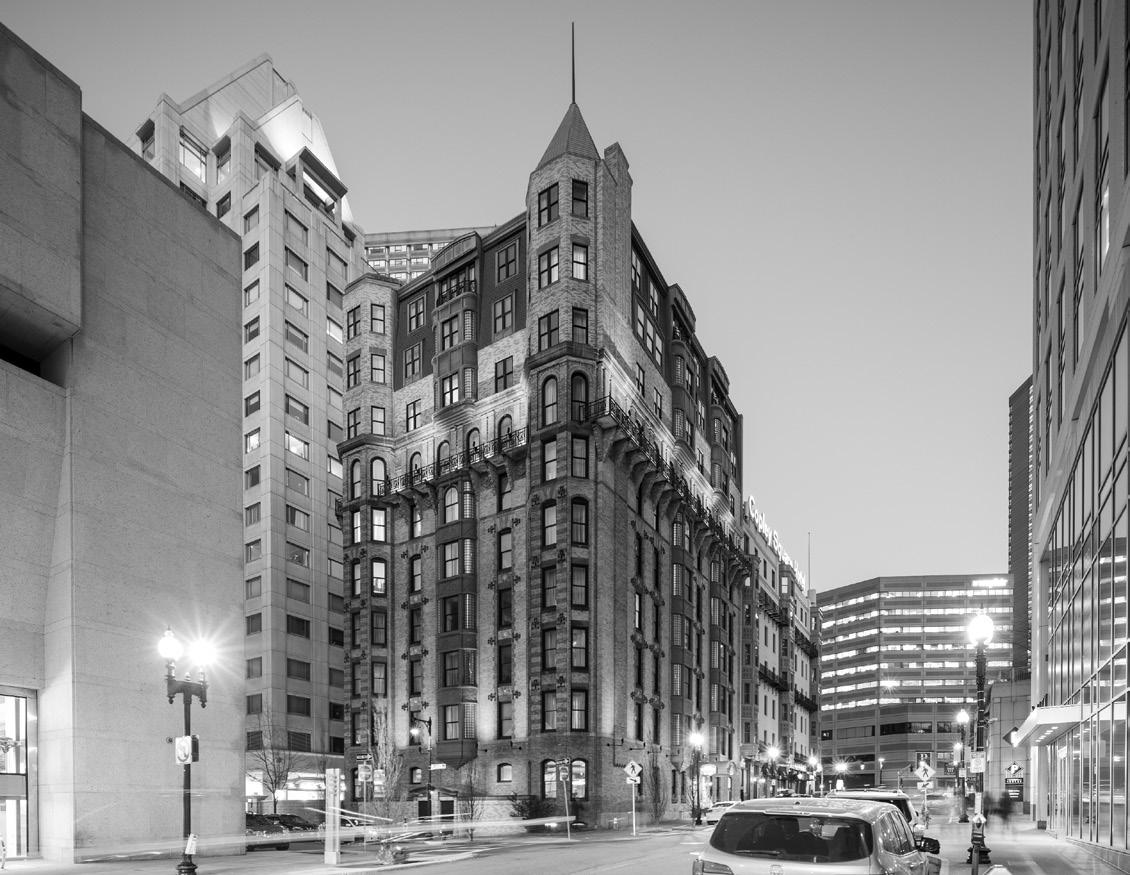
Considered to be one of Boston’s premier public spaces, the Charles River Basin began its makeover in 1894 with Charles Eliot's plan for it to become the centerpiece of Boston’s regional park system. Eliot’s plan was realized through the riverfront becoming public domain in the 1890s, the Charles River Dam’s completion in 1910, and the Esplanade’s creation in 1926. After Storrow Drive’s completion in 1949, a new island was developed along the Esplanade that created two lagoons.
In 2002, a Master Plan for the Charles River Basin was developed, creating a vision of the Charles’ parks, parkways, riverbanks, and watershed. Utilizing funds from Boston’s Big Dig, the New Charles River Basin includes the North Point, Nashua Street, and Paul Revere Parks. Today, the basin’s parks include natural areas, recreation fields, playgrounds, wildlife habitats, and paths for cycling, walking, and rollerblading.
Designed by Charles Bulfinch in 1798 as one of the nation’s most magnificent and well-situated buildings, the Massachusetts State House has become a reflection of the state’s history since colonial times. Its spacious marble-floored corridors are lined with the portraits of Massachusetts governors and murals depicting the state's unique heritage. Adamses, Hancocks, Reveres, and Winthrops live on in statues and paintings recreating the glory of their times. The State House is also a vital place of work for the leadership that guides the state today. You can observe the Senate and House of Representatives as they convene in their chambers. Walk through the grand old building with a guided tour or on your own, and have a visit that will be enjoyable, informative, and memorable.
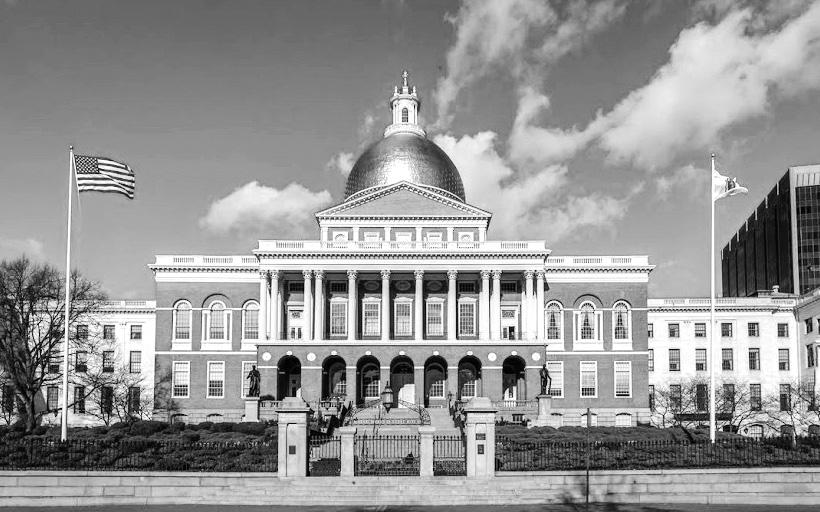
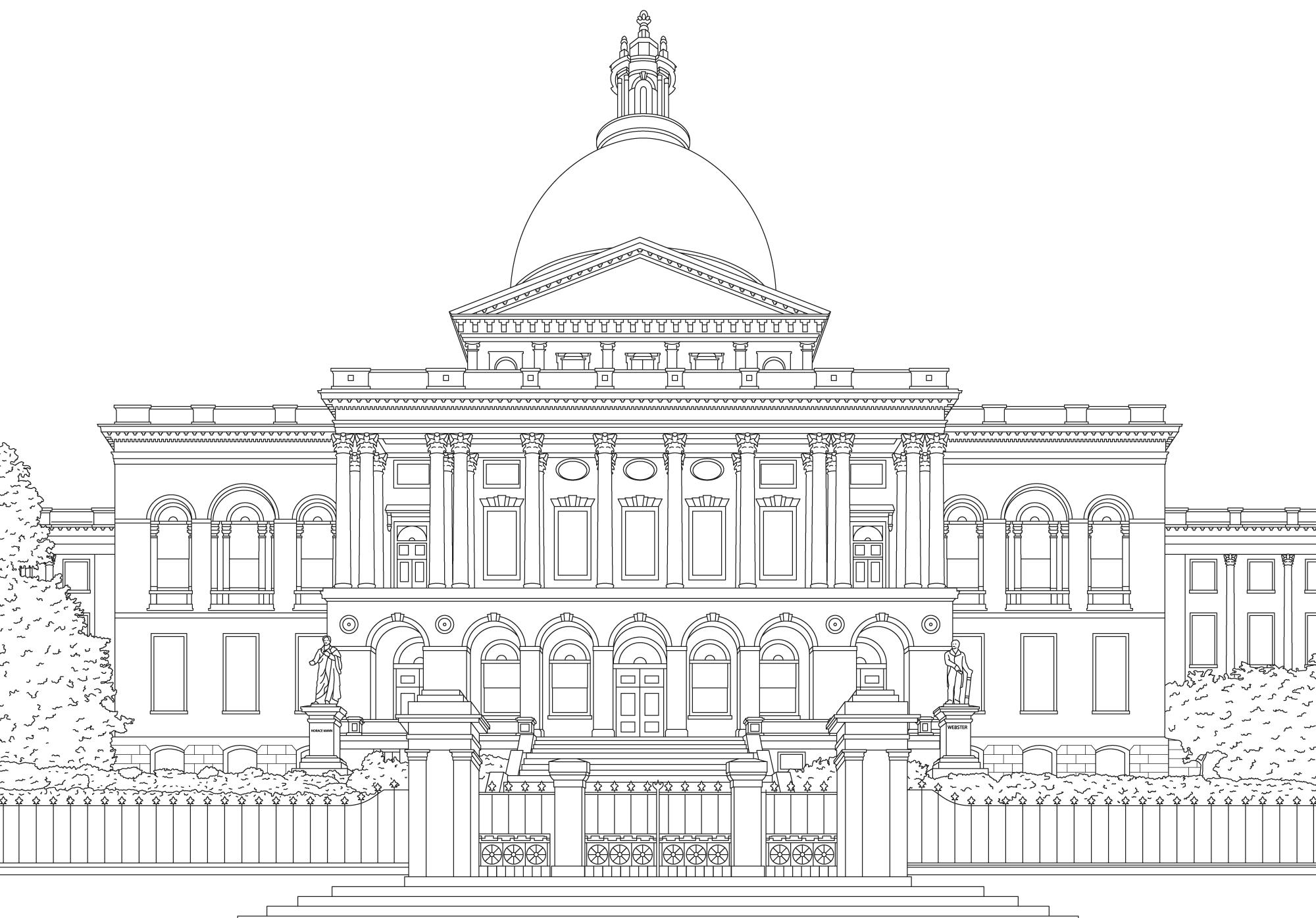
Built in 1713, the Old State House is Boston’s oldest surviving public building and one of America’s most historically important buildings. Serving as a merchants' exchange on the first floor and the seat of government on the second floor throughout the 1700s, the Old State House was a major keystone in America’s quest for independence. James Otis’ arguments that the Writs of Assistance violated Englishmen’s constitutional liberties in 1761 in the State House’s Court planted the seeds for independence. Outside the State House is a circle that marks the spot of the Boston Massacre, where in 1770 British soldiers shot and killed five colonists. This bloody event was a key turning point that would eventually lead to the American Revolution. In 1776, Bostonians gathered under the Old State House’s balcony to hear Colonel Thomas Crafts read the Declaration of Independence for the first time. After the war, the edifice served as the Massachusetts State House until 1798, then served as Boston’s City Hall from 1830 to 1841. In 1881, it was taken over by The Bostonian Society, and in 2019, it was taken over by Revolutionary Spaces, who operate it as a museum today.
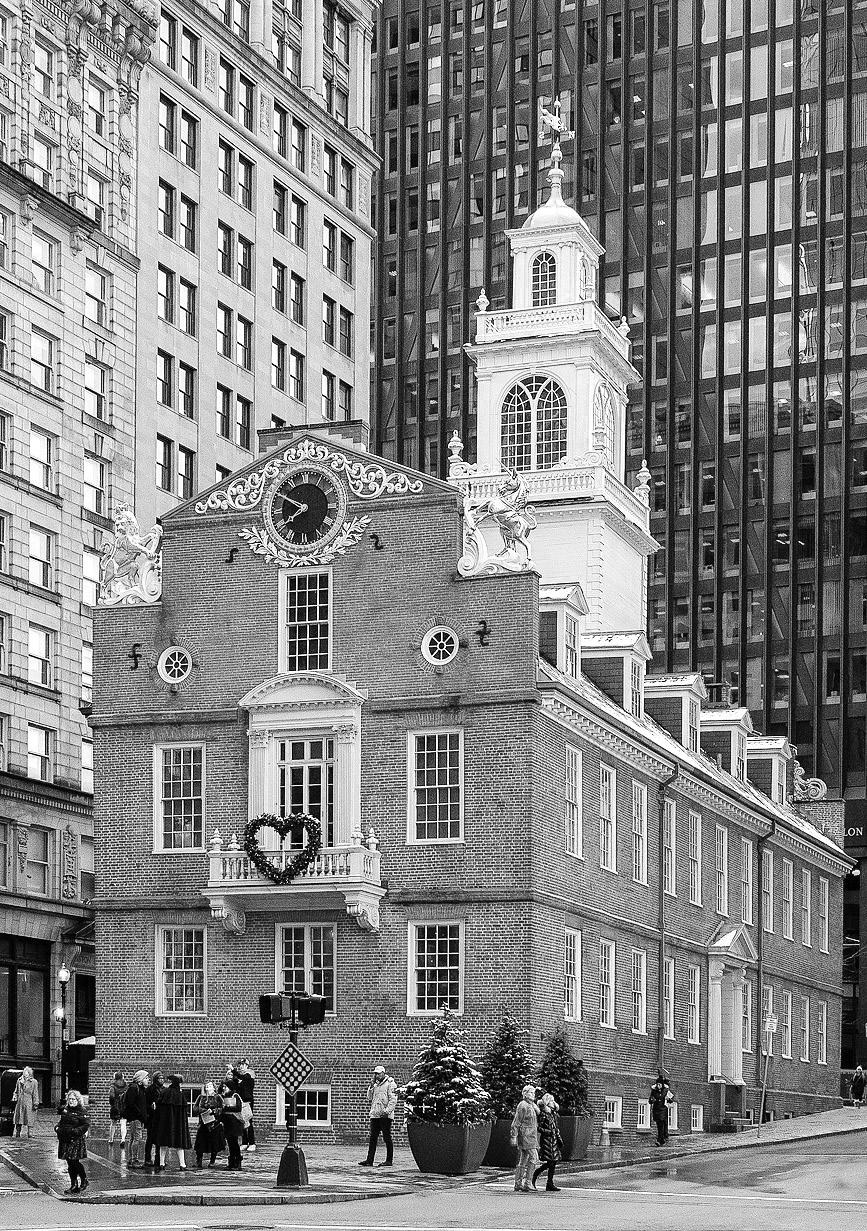 Photo by Rhododenrites
Photo by Rhododenrites
Nestled in the Fens just outside of downtown Boston sits baseball’s oldest and one of its most iconic ballparks, Fenway Park. Completed by James McLaughlin in 1912, Fenway Park is best known for the 37-foot high Green Monster wall in left field. Though Fenway Park is Major League Baseball’s oldest ballpark, it is one of America’s most beloved ballparks. The atmosphere outside of Fenway Park before games is truly unique, as streets outside the ballpark are closed prior to every game so fans can mingle and enjoy music, food, and other Red Sox fans. Inside, Fenway Park’s interior is full of character with its intimate seating capacity; manual scoreboard in left field; the lone red seat in right field where the longest home run ever hit, 502 feet by Ted Williams; and the retired numbers of greats on the right field façade. It helps that the Red Sox have been one of Major League Baseball’s best teams over the past two decades, winning four World Series in 2004, 2007, 2013, and 2018. The 2013 World Series was even more special to Red Sox fans as the team clinched the championship at Fenway Park for the first time since 1918.
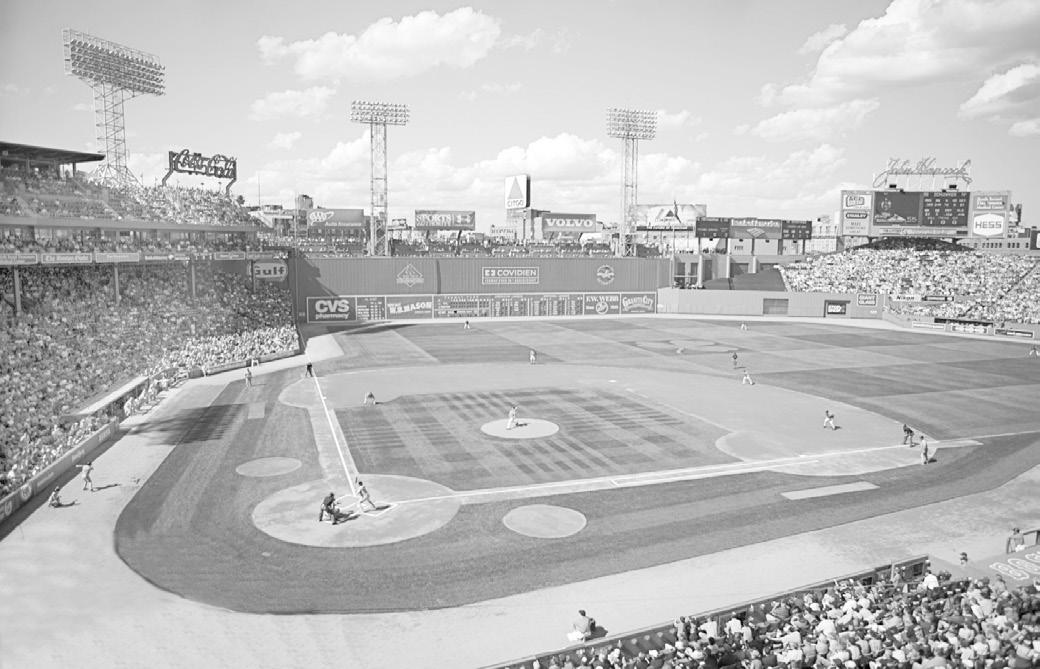 Photo by Jared Vincent
Photo by Jared Vincent
Disgusted by the chaotic marketplace near his office at Faneuil Hall, in 1823 mayor Josiah Quincy decided to fix this massive issue by having substantial improvements around the area and negotiating with property owners to acquire the required land for the development. Designed and completed by Alexander Parris in 1826, Mayor Quincy dedicated the Market in honor of Peter Faneuil. The City Council obliged, though the second-story’s ornate central chamber was named Quincy Hall. Officially known as Faneuil Hall Market but publicly referred as Quincy Market, the two-story Greek Revival edifice allowed for 128 food stalls on the ground floor and exhibition area on the second floor. Designated a National Historic Landmark in 1966, Quincy Market was greatly restored in the 1970s. To commemorate Mayor Quincy’s effort with the establishment, gilded “Quincy Market” signs were put on the pediment of both Greek Revival Porticoes in 1989. Above all, after over 190 years, Quincy Market still serves Boston with lots of good food, shopping, and being a good place for hanging out.

Established in 1848 by M. Nicholas Marie Alexandre Vattemare, Boston Mayor Josiah Quincy, Jr., Edward Everett, and George Ticknor, the Boston Public Library was the United States’ first large free municipal library. Opening in a former schoolhouse located on Mason Street in 1854, the BPL eventually moved to 55 Boylston Street in 1858. As the library outgrew that space, the BPL moved again to the corner of Dartmouth and Boylston Streets in 1880. Designed by Charles Follen McKim in 1887 as a "palace for the people", the present Central Library in Copley Square has served as the BPL’s headquarters since its completion in 1895. Cited as America’s first outstanding example of Renaissance Beaux-Arts Classicism by the National Park Service, the landmark McKim building houses beautiful murals, a lovely inner courtyard, and magnificent sculptures and paintings. Located on the McKim building’s second floor, the iconic Bates Hall reading room is named in honor of the BPL’s first major benefactor Joshua Bates.
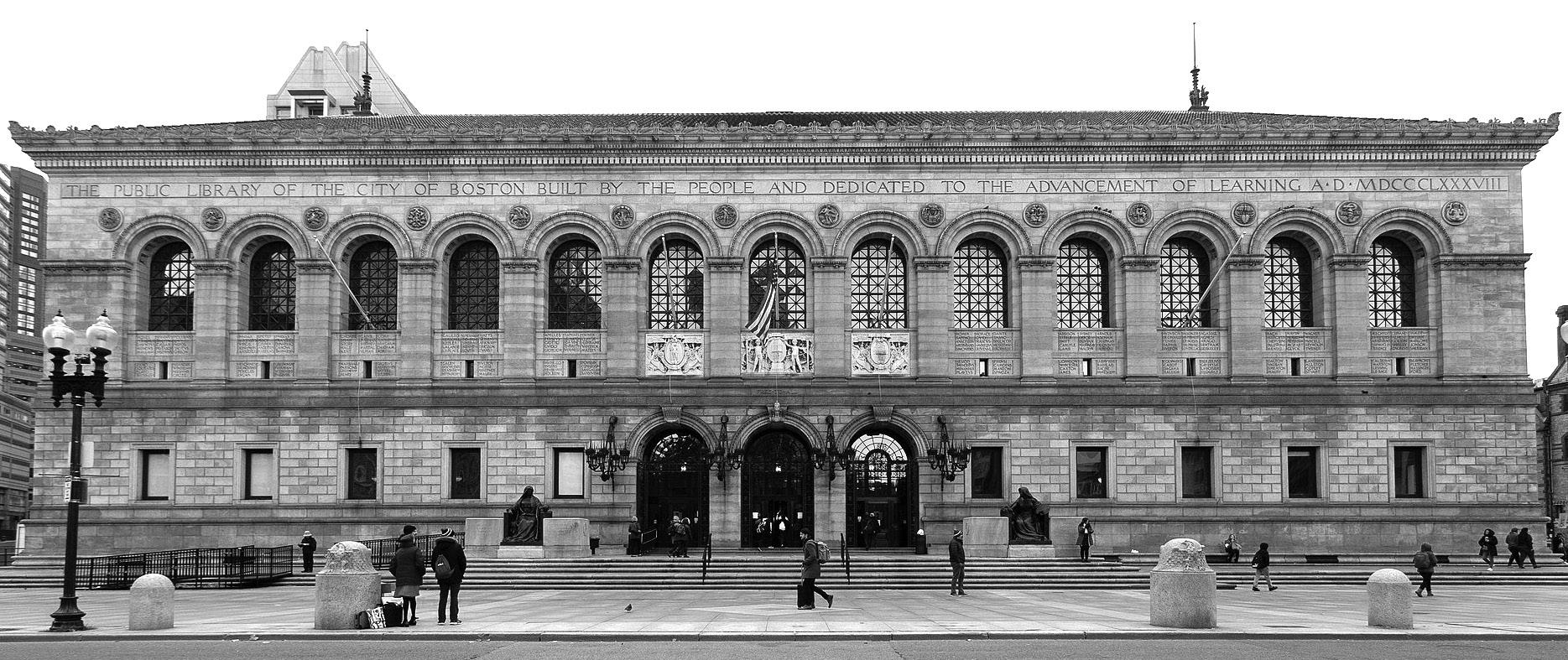 Photo by Lëa-Kim Châteauneuf
Photo by Lëa-Kim Châteauneuf
Trinity Church Boston has long been considered a masterpiece of American architecture. A hundred years ago, and again in the late 20th century, the American Association of Architects named Trinity Church Boston one of the most significant buildings in the country. At its inception in the 1870s, it was a bold experiment in construction on marshland in Boston's Back Bay neighborhood. Heralded for its new face and feeling for ecclesiastical architecture in America, the building is a celebrated example of "Richardsonian Romanesque" design, named after H. H. Richardson. Everything about the historic building–from its elaborately carved exterior to its stained-glass windows, colorful mosaics, La Farge wall murals, and needle-worked kneelers–proclaims the Gospel. Despite its renowned artistry and architecture, Trinity Church is not a museum. Rather, it is a sacred place of worship and service where a vibrant community of faithful Christians and visitors gather on a daily basis.

The Boston Marathon is the world's oldest annual marathon and ranks as one of the world's best-known road races. The event attracts 500,000 spectators each year, making it New England's most widely viewed sporting event. Starting with just 15 participants in 1897, the event now attracts an average of about 30,000 registered participants each year. The course for the Boston Marathon begins west of Boston in Hopkinton, and ends on Boylston Street in Boston near Copley Square. The most famous stretch of the race is arguably Heartbreak Hill.

Make Way for Ducklings is a sculpture by Nancy Schön, which recreates the duck family in Robert McCloskey's children's classic Make Way for Ducklings. The tallest statue stands only 38 inches tall, and the caravan of bronze ducks set in Boston cobblestone spans 35 feet from front to back. The statue, installed on October 4, 1987, was a tribute to Robert McCloskey whose story has made the Boston Public Garden familiar to children throughout the world.


"
Enjoy this beloved Boston landmark, where the bustle of the Back Bay is your playground and the idyllic Boston Public Garden your front yard.

This beautiful river venue is the perfect place to cycle, jog, stroll and picnic.
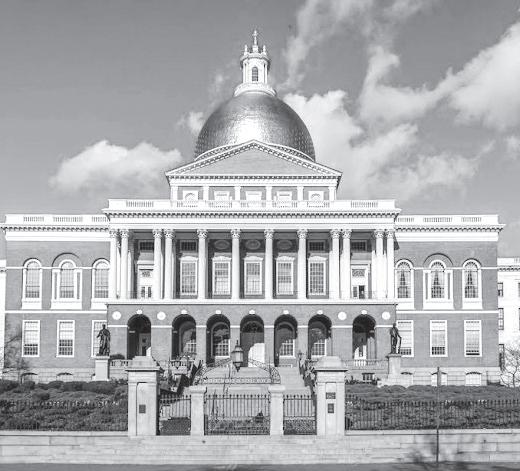
The dome of this building is covered in 23-karat gold lead & looks over the Boston Common!
Learn how The Old State House was a major keystone in America’s quest for independence.


Catch a ballgame and see the Boston Red Sox play in this historic ballpark.

I can't wait to explore some of my favorite places in Boston with you! "
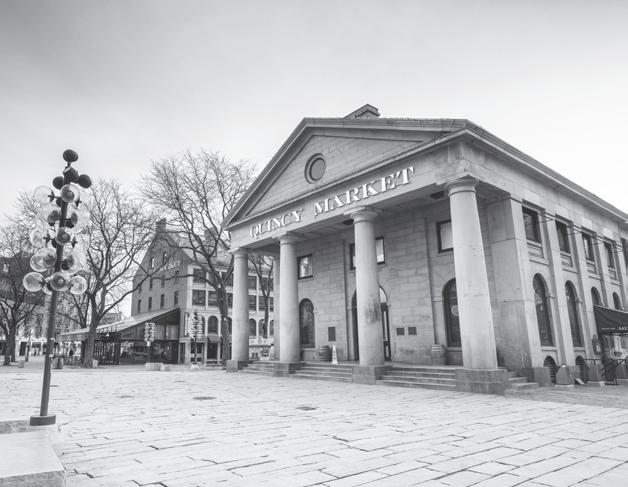
After over 190 years, Quincy Market still serves Boston with lots of good food, shopping, and being a good place for hanging out. Make sure to view its massive rotunda dome.

This grand library is the second largest public library in the US. Visit the magnificent Bates Hall reading room.
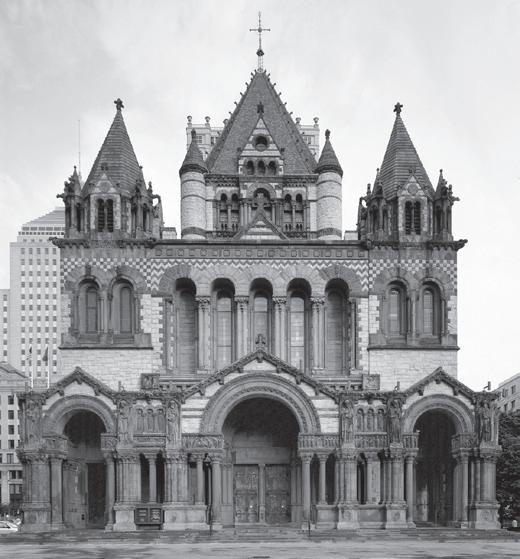
Everyone of every background is invited to attend its services, or simply sit in their sanctuary and take in the beauty and tranquility.
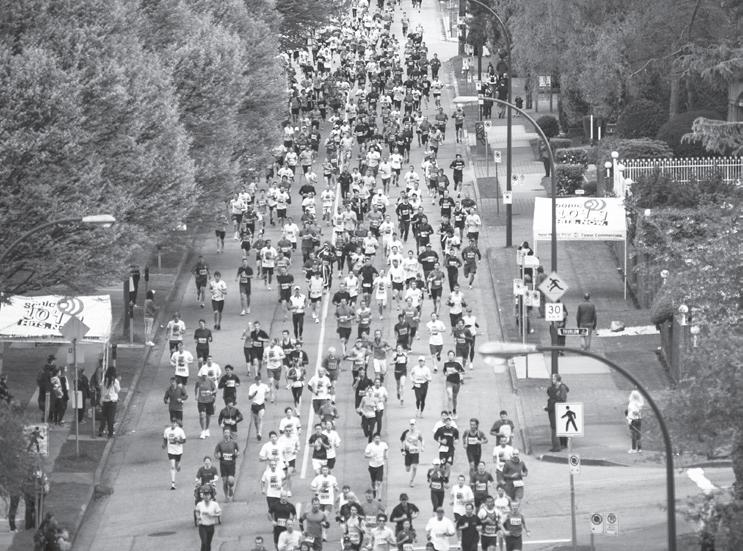
The first Boston Marathon was run on April 19th, 1897, making it the oldest marathon in America. Take a picture at the finish line
Head to the Public Gardens and enjoy the adorable sculpture - Make Way for Ducklings.
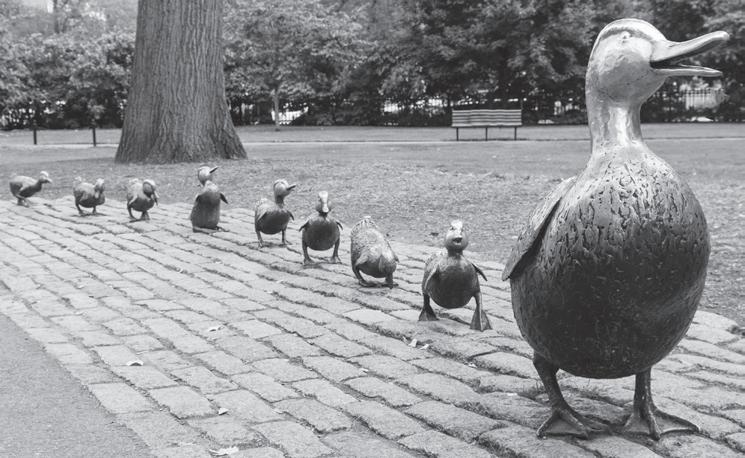
Copyright © 2022, Jake Rose
Upon entering Courtyard by Marriott Boston Copley Square, guests are greeted by a kaleidoscope of color from the original stained-glass window, preserved as a symbol of over 100 years of hospitality. While the hotel has been welcoming guests since 2004, the story of 88 Exeter Street began back in 1891.
All rights reserved. No part of this publication may be used or reproduced in any form or by any means, without the prior written permission of the author, except in the case of brief quotations embodied in critical articles and reviews and certain other noncommercial uses permitted by copyright law. For permission requests, email author at jake@colorourtown.com.
Printed in USA
Cover art and back cover art by Brenda Zabala. Line illustrations by Ivan Myerchuk, and Jake Rose.
Color Our Town Press 200 E 71st Street New York, NY 10021 www.colorourtown.com
